Table of Contents
What is Capsicum?
Capsicum is the scientific name for the pepper genus in the Solanaceae family, encompassing all bell peppers, chili peppers, and hot peppers. Unlike common misconception, "pepper" refers to the entire plant family, not just spicy varieties. Bell peppers (zero Scoville units) and ghost peppers (over 1 million Scoville units) are both capsicum species, differing only in capsaicin content.
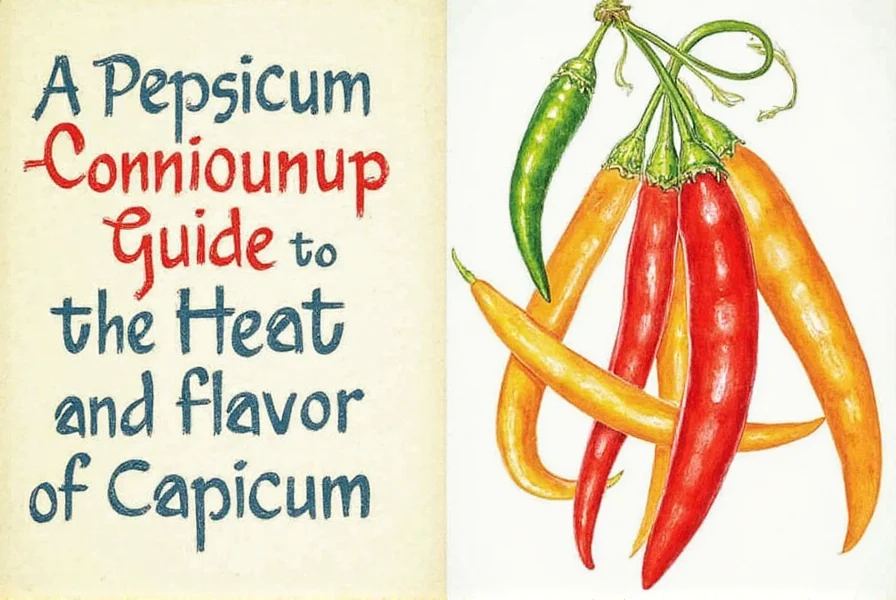
Understanding capsicum is essential for culinary success. This guide covers the 5 most important varieties for home cooks, their heat profiles, ideal uses, and safety tips to maximize flavor while avoiding common mistakes.
Top 5 Capsicum Varieties Explained
| Type | Scoville Heat Units | Flavor Profile | Best Culinary Uses |
|---|---|---|---|
| Bell Pepper | 0-100 | Sweet, crisp, vegetal | Salads, stir-fries, roasting, stuffed peppers |
| Jalapeño | 2,500-8,000 | Grassy, bright, medium heat | Salsas, tacos, pickling, nachos |
| Habanero | 100,000-350,000 | Fruity, floral, intense heat | Hot sauces, Caribbean dishes, marinades |
| Ghost Pepper | 850,000-1,040,000 | Smoky, complex, extreme heat | Spicy challenges, infused oils, chili powders |
| Chipotle | 1,000-8,000 | Smoked, earthy, deep umami | BBQ sauces, stews, adobo marinades |

These 5 varieties cover 95% of culinary applications. Bell peppers provide sweetness without heat, jalapeños offer versatile medium heat, habaneros bring fruity intensity, ghost peppers deliver extreme heat for specialists, and chipotles add smoky depth to savory dishes.
Scoville Heat Scale Reference
The Scoville scale measures capsaicin concentration. Key reference points:
- 0-100: Mild (bell peppers)
- 1,000-5,000: Medium (poblano, Anaheim)
- 5,000-50,000: Hot (serrano, cayenne)
- 50,000-100,000: Very hot (Thai chili)
- 100,000+: Extreme (habanero, ghost pepper)
Heat perception varies by individual. Always start with milder varieties when experimenting. Remember: removing seeds and white membranes reduces heat by 50-70% while preserving flavor.
Safe Handling & Cooking Techniques
Follow these evidence-based safety practices:
- Glove protocol: Wear nitrile gloves (not latex) when handling peppers above 5,000 Scoville units. Capsaicin bonds to skin and can cause severe burns.
- Tool separation: Use dedicated cutting boards and knives for hot peppers. Wash immediately after use with soap and cold water.
- Eye protection: Never touch eyes or face while handling peppers. If exposed, rinse with milk or vegetable oil (not water) to dissolve capsaicin oils.
- Heat control: For dishes requiring mild heat, use bell peppers or remove all seeds/membranes from medium peppers. Cooking intensifies heat - add peppers toward the end of cooking for controlled spice levels.
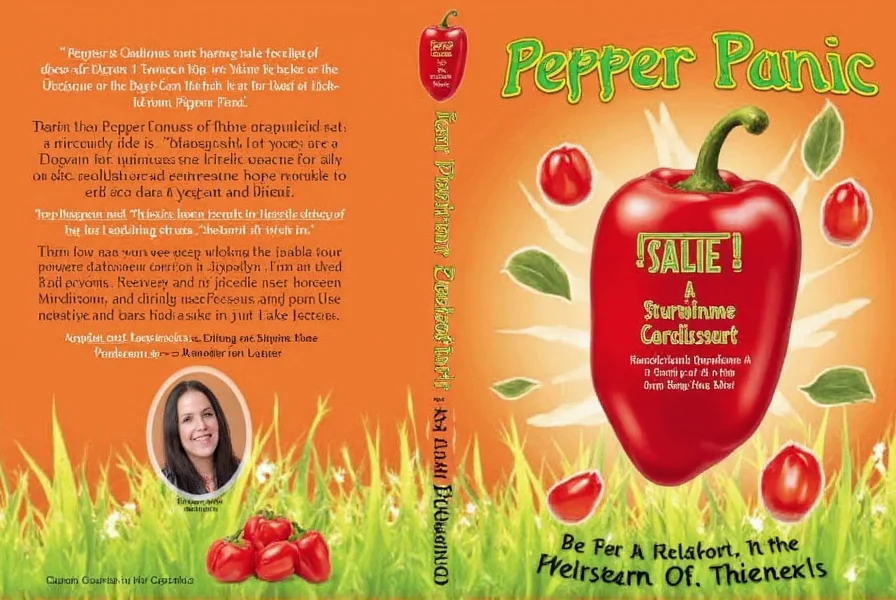
Where to Buy & Quality Check
Follow these buying guidelines for peak freshness:
- Bell peppers: Look for glossy, firm skin with no wrinkles. Colors (green, red, yellow) indicate ripeness - red peppers are sweetest.
- Jalapeños: Choose smooth, dark green peppers with slight shine. Avoid soft spots or blemishes. For hotter peppers, look for white striations.
- Habaneros: Select bright orange or red peppers with smooth skin. Avoid wrinkled or shriveled specimens.
- Ghost peppers: Only buy from reputable spice suppliers. Handle with extreme caution. Store in airtight container in freezer.
- Chipotles: Look for dried peppers with deep brown color and intact stems. Canned chipotles in adobo should have plump peppers in thick sauce.
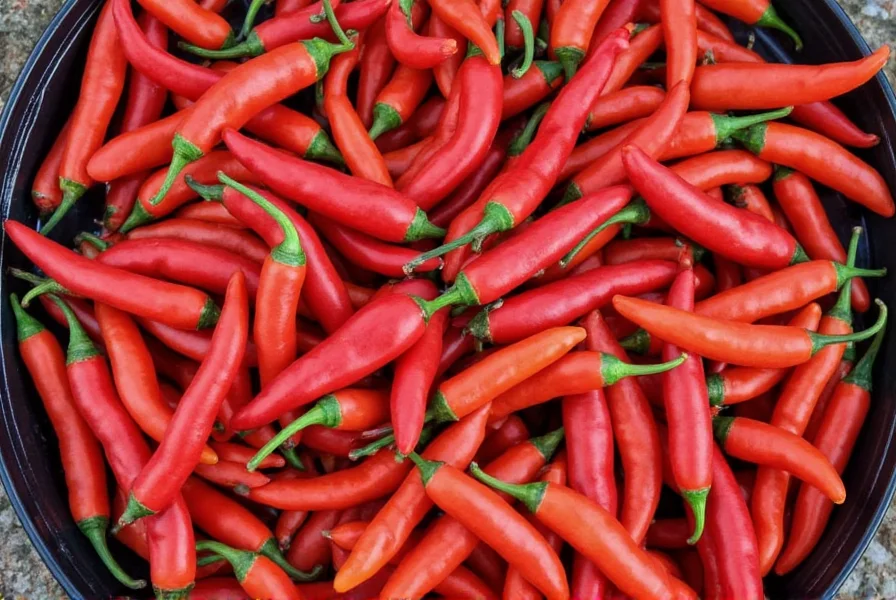
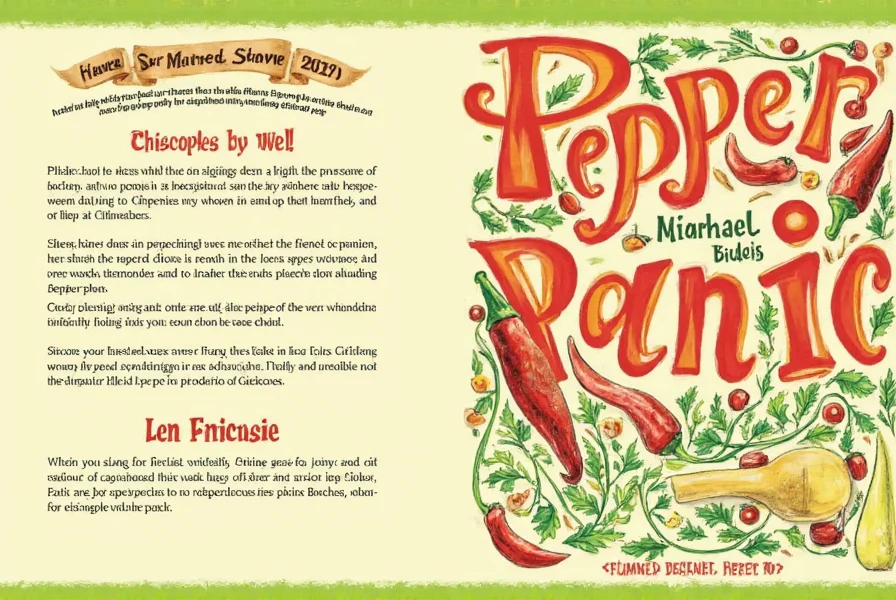

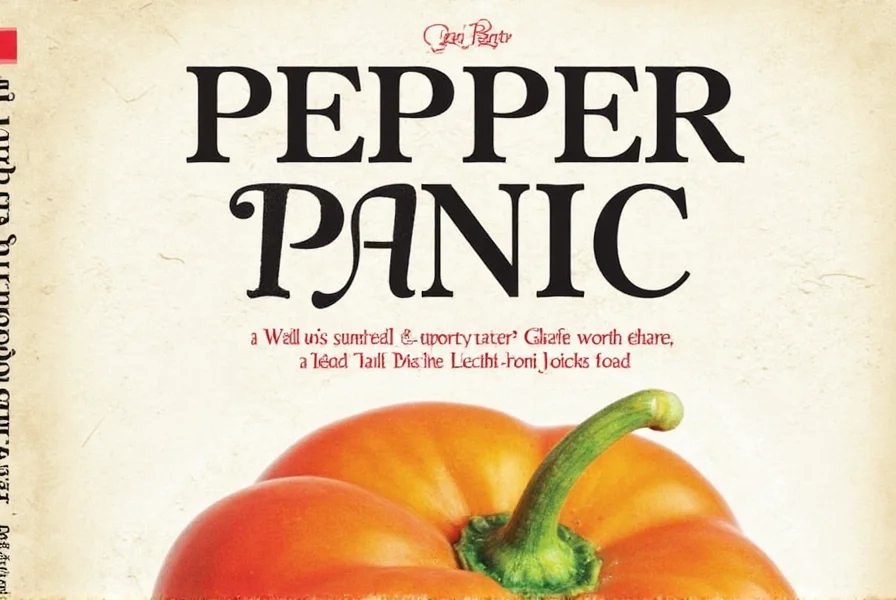
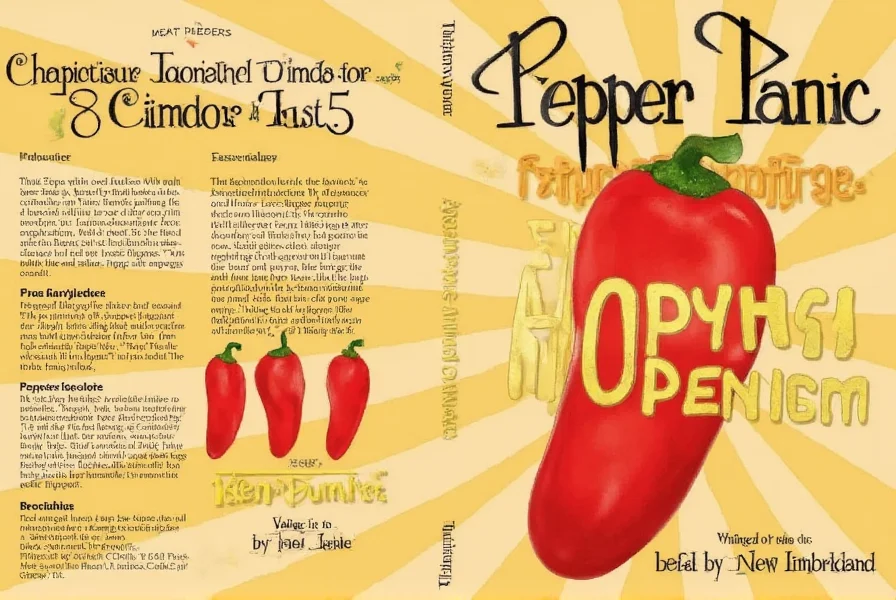
Key Questions Answered
What are the top 5 capsicum varieties every home cook should know?
The 5 essential capsicum varieties are: 1) Bell peppers (0-100 SHU) for mild sweetness, 2) Jalapeños (2,500-8,000 SHU) for versatile medium heat, 3) Habaneros (100,000-350,000 SHU) for fruity intensity, 4) Ghost peppers (850,000-1M SHU) for extreme heat challenges, and 5) Chipotles (1,000-8,000 SHU) for smoky depth. These cover 95% of culinary applications from mild to extreme heat levels.
How do I safely handle ghost peppers without burning myself?
Always wear nitrile gloves when handling ghost peppers. Work in a well-ventilated area away from food prep surfaces. Use dedicated tools and wash immediately with soap and cold water. If exposed to skin, apply milk or vegetable oil to dissolve capsaicin oils. Never touch eyes or face during handling. Store in sealed container in freezer to reduce airborne exposure risk.
Which capsicum variety is best for salsa?
Jalapeños (2,500-8,000 SHU) are the ideal salsa pepper for most home cooks. They provide balanced heat without overwhelming flavor. For milder salsa, use 1-2 jalapeños with seeds removed. For hotter salsa, substitute serranos or add habanero (1/4 pepper max). Bell peppers add sweetness but no heat - perfect for fresh pico de gallo.
Why does cooking make peppers hotter?
Cooking breaks down cell walls, releasing more capsaicin into the dish. Heat also concentrates capsaicin as moisture evaporates. To control heat: add peppers toward the end of cooking, use whole peppers instead of chopped, and remove seeds/membranes before cooking. For sauces, simmer briefly (5-10 minutes) to infuse flavor without excessive heat buildup.
How long do fresh capsicum peppers last?
Store in refrigerator crisper drawer in paper towel-lined container: bell peppers (2-3 weeks), jalapeños (1-2 weeks), habaneros (10-14 days), ghost peppers (7-10 days), chipotles (3-4 weeks when dried). For longer storage, roast and freeze bell/jalapeño peppers (6-8 months). Never store at room temperature - they'll spoil within 2-3 days.

Mastering capsicum varieties transforms everyday cooking. Start with bell peppers and jalapeños, then gradually explore hotter varieties as your heat tolerance develops. Always prioritize safety when handling extreme peppers - the right techniques unlock incredible flavor without risk.











 浙公网安备
33010002000092号
浙公网安备
33010002000092号 浙B2-20120091-4
浙B2-20120091-4